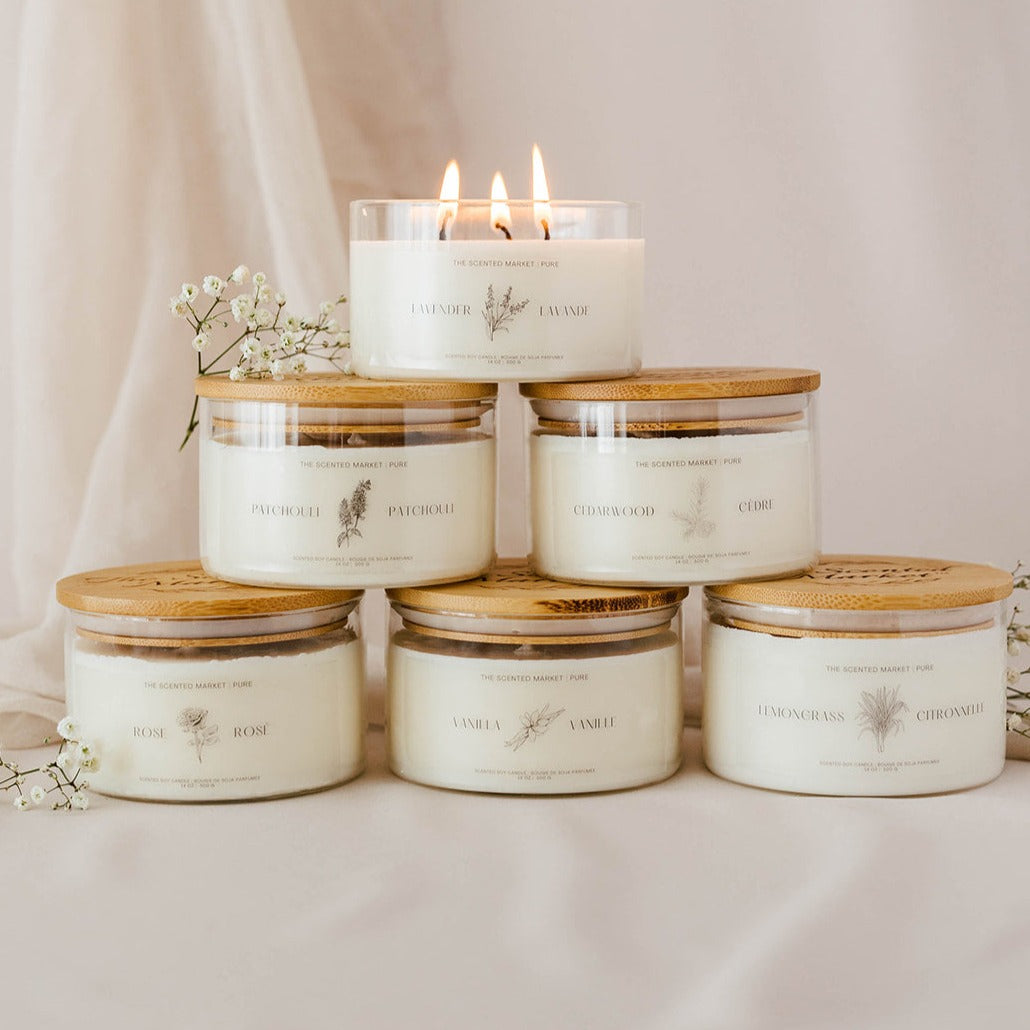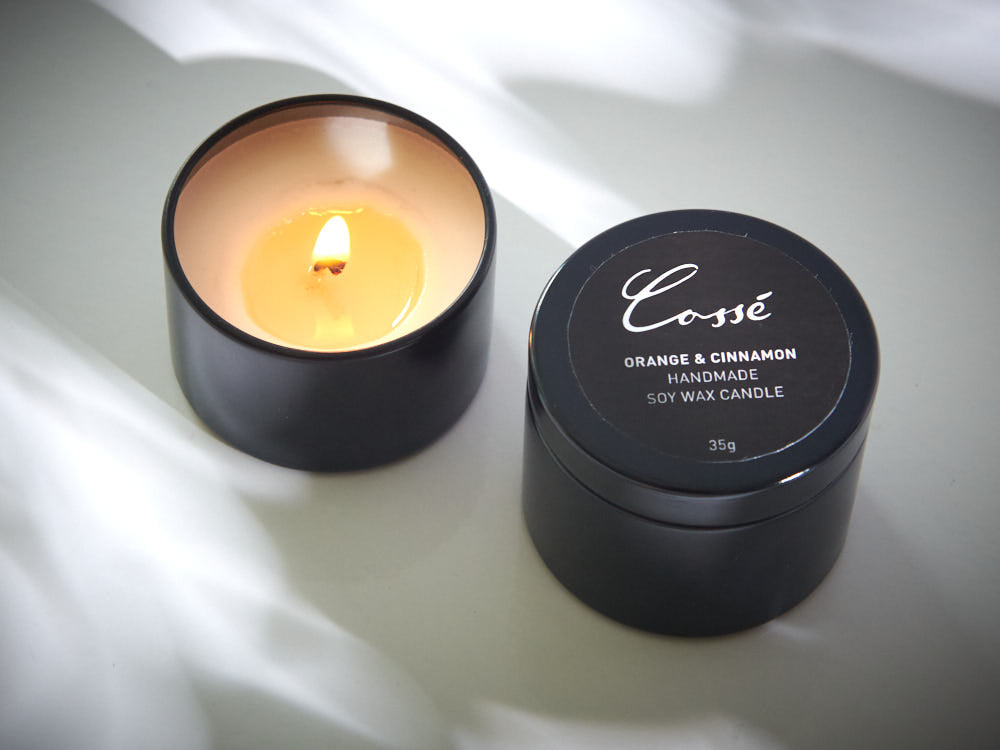Boost Your Living Space with Elegant Soy Candles and Home Fragrance
Boost Your Living Space with Elegant Soy Candles and Home Fragrance
Blog Article
From Wick to Wax: Understanding the Chemistry Behind Soy Wax Candles and Their Ecological Influence
As we illuminate our spaces with the cozy glow of candle lights, there exists a realm of complex chemistry behind the relatively simple act of lighting a soy wax candle. Join us as we unwind the clinical complexities behind soy wax candles and discover their implications on our environment.
Soy Wax Vs. Paraffin Wax
When contrasting soy wax and paraffin wax for candle production, it is necessary to recognize the distinctive attributes and advantages of each product. Soy wax is a natural, eco-friendly resource derived from soybean oil, making it naturally degradable and eco-friendly - candles. In comparison, paraffin wax is a by-product of oil refining, which raises concerns concerning its environmental effect and sustainability
Soy wax candles melt cleaner and send out less soot contrasted to paraffin wax candles, making them a much healthier option for indoor air high quality. In addition, soy wax has a lower melting point, permitting for a longer-lasting candle that distributes fragrance better. Paraffin wax, on the other hand, has a tendency to shed faster and less cleanly, potentially releasing dangerous chemicals into the air.
From a sustainability point of view, soy wax is favored for its biodegradability and sustainable sourcing, lining up with the expanding consumer choice for environmentally aware items. While paraffin wax has been a standard option in candle making as a result of its cost and convenience of use, the shift towards environmentally friendly options like soy wax is obtaining momentum in the sector.
Chemical Make-up of Soy Wax

Combustion Refine in Soy Candles
The chemical make-up of soy wax directly influences the combustion procedure in soy candle lights, affecting aspects such as shed time, scent launch, and environmental impact. When a soy candle is lit, the warm from the fire melts the wax near the wick.
The burning efficiency of soy candle lights is affected by the purity of the soy wax and the top quality of the wick. Additionally, soy wax candle lights have a lower ecological influence contrasted to paraffin candle lights due to their biodegradable and sustainable nature.

Ecological Advantages of Soy Wax

Thought about a sustainable option to standard paraffin wax, soy wax provides remarkable ecological benefits that make it a preferred option among eco-conscious customers. Soy wax burns cleaner and generates much less residue than paraffin wax, contributing to far better interior air high quality and minimizing the need for cleansing and maintenance. On the whole, the ecological benefits of soy wax align with the expanding demand for sustainable and environment-friendly items in the market.
Recycling and Disposal Considerations
Reusing and correct disposal of soy wax candle lights play a vital role in preserving ecological sustainability and reducing waste in homes and neighborhoods. When it comes to reusing soy wax candles, the very first action is to make certain that the candle has actually get more melted completely.

In regards to disposal, if recycling is not a choice, soy wax candle lights are eco-friendly and can be safely disposed of in many household waste systems. It is always suggested to inspect with neighborhood recycling centers or waste management solutions for particular standards on candle disposal to guarantee correct handling and environmental defense.
Final Thought
In final thought, the chemistry behind soy wax candles reveals Read Full Report their environmental advantages over paraffin wax candle lights. Soy wax, derived from soybean oil, burns cleaner and produces less soot when contrasted to paraffin wax.
When contrasting soy wax and paraffin wax for candle production, it is necessary to understand the distinctive attributes and benefits of each product (soy wax candles).Soy wax candles burn cleaner and discharge less residue compared to paraffin wax candles, making them a healthier option for indoor air quality.Thought about a sustainable alternative to standard paraffin wax, soy wax uses notable ecological benefits that make it a preferred selection amongst eco-conscious customers. Soy wax burns cleaner and produces much less soot than paraffin wax, contributing to much better interior air quality and lowering the demand for cleansing and upkeep.In conclusion, the chemistry behind soy wax candle lights discloses their ecological benefits over paraffin wax candle lights
Report this page